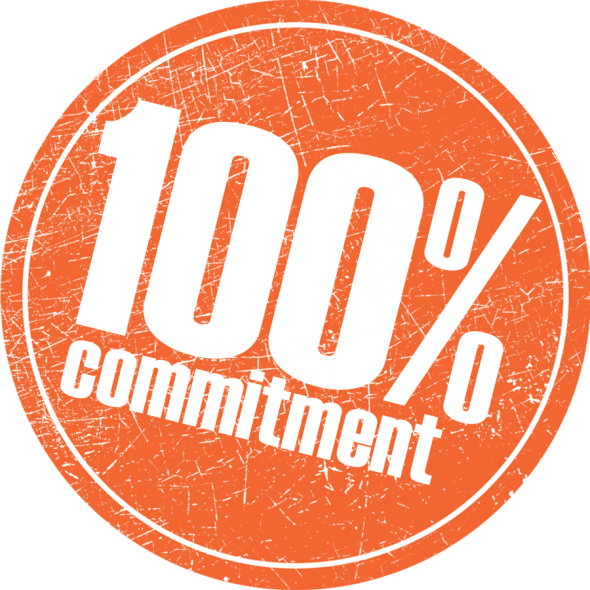Status: Live
read instructions below:
Date Posted: 30/03/2025
Category: Education
Due Date: 03/04/2025
Willing to Pay: $15.00
Due Date: 03/04/2025
Willing to Pay: $15.00
Instruction
Read Chapter 3 of “Doing History Investigating with Children in Elementary and Middle Schools”. Levstik, L. S., & Barton, K. C. (2005). THERE AREN’T A LOT OF “FOR SURE” FACTS: Building Communities of Historical Inquiry. In Doing History (pp. 50–65). Routledge. https://doi.org/10.4324/9781410613387-8 Visit the C3 Teachers website (https://c3teachers.org/) and explore the collection of inquiries. Choose an inquiry that aligns with at least one Elementary Social Studies TEKS. Write a 2-3 page reflection using the following questions and your reading to guide your thinking: Which inquiry from the C3 Teachers website did you choose, and why? What grade level and specific Elementary Social Studies TEKS does this inquiry align with? How does the chosen inquiry support the learning objectives outlined in the TEKS? What aspects of the inquiry do you find particularly compelling or engaging for elementary students? How does this inquiry promote critical thinking and inquiry-based learning in social studies? What potential challenges might you encounter when implementing this inquiry in an elementary classroom? How would you adapt or modify the inquiry? How does this inquiry integrate multiple social studies disciplines (e.g., history, geography, economics, civics)? In what ways does the inquiry promote cultural responsiveness or diverse perspectives? How might you assess student learning throughout and at the conclusion of this inquiry? How does this inquiry relate to the “real world”? How does this inquiry align with the C3 Framework's four dimensions? What did you learn about inquiry-based social studies instruction from examining this example? How has exploring this inquiry influenced your thinking about social studies teaching methods? **Note: While these questions should guide your thinking, your paper should be a cohesive reflection, not just a list of answers to these questions.
Attached
No File uploaded yet.
Tutor Uploads
No File uploaded yet.
Bidders
38
Average bid
$15.0















.gif)














